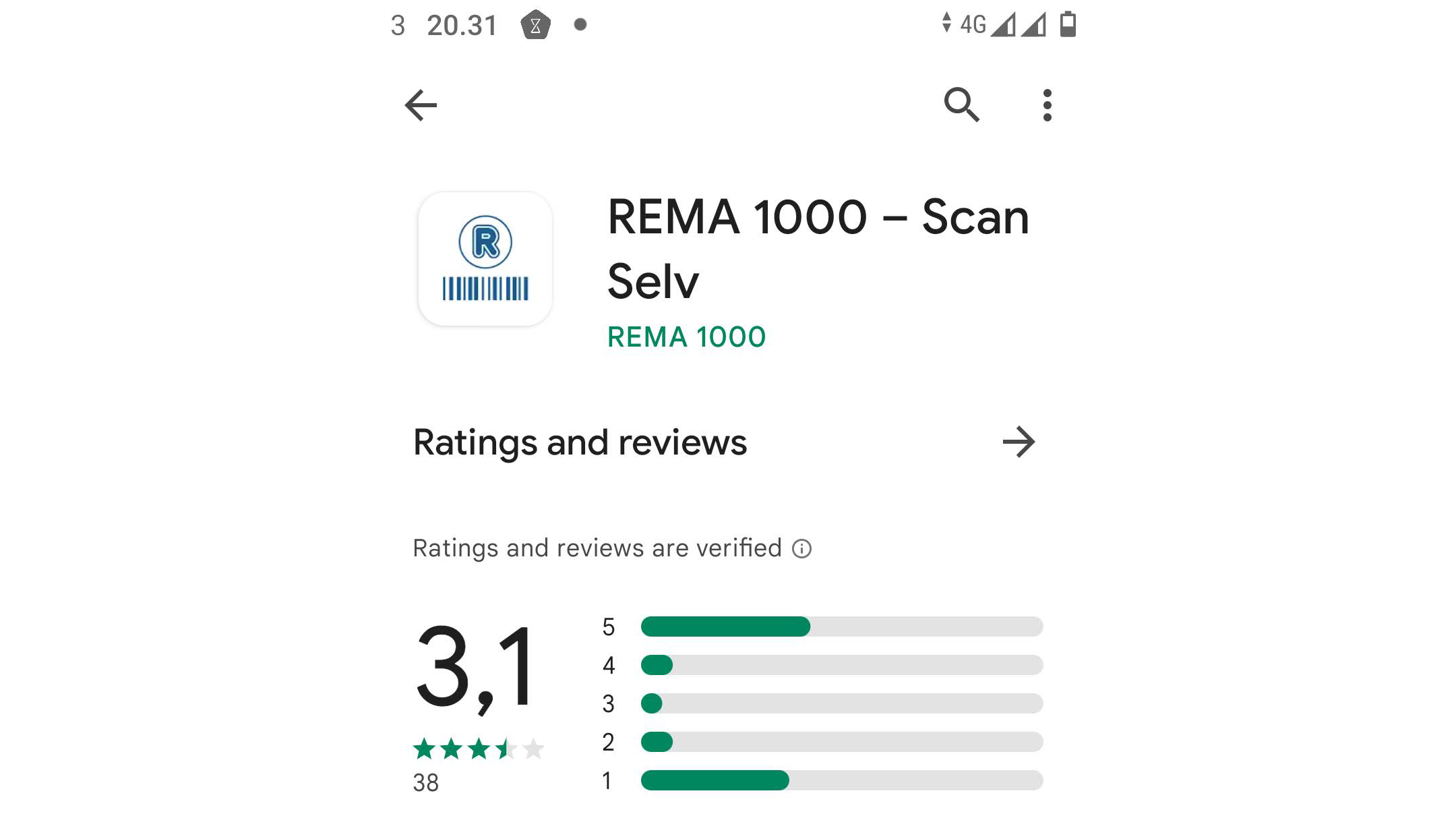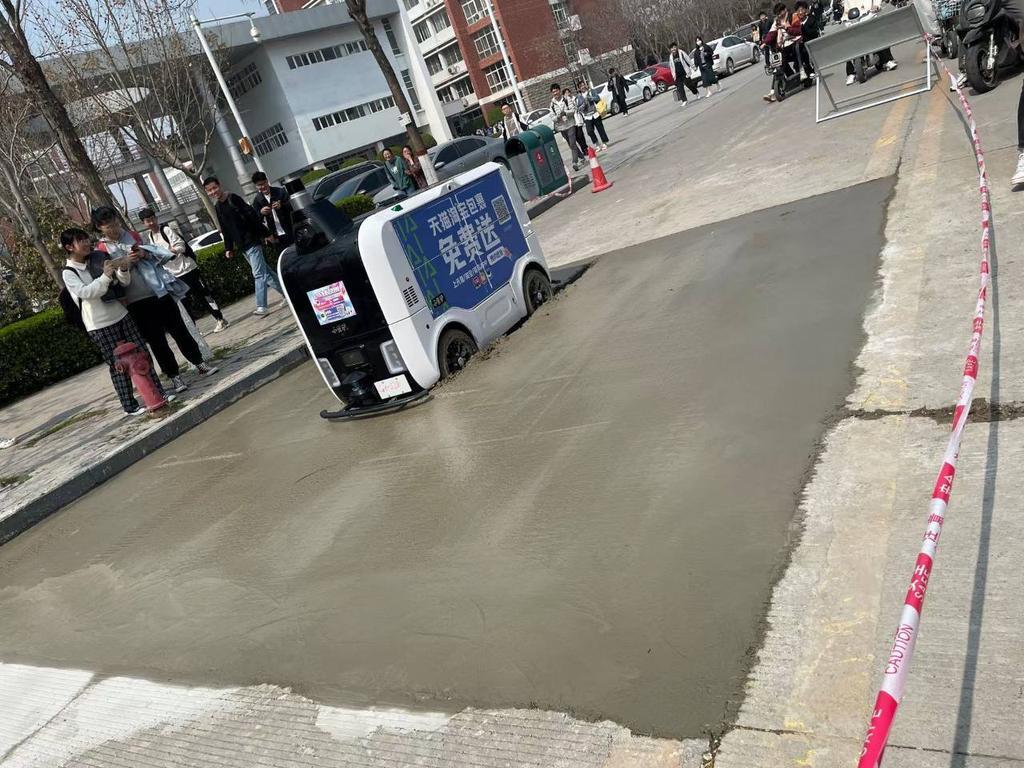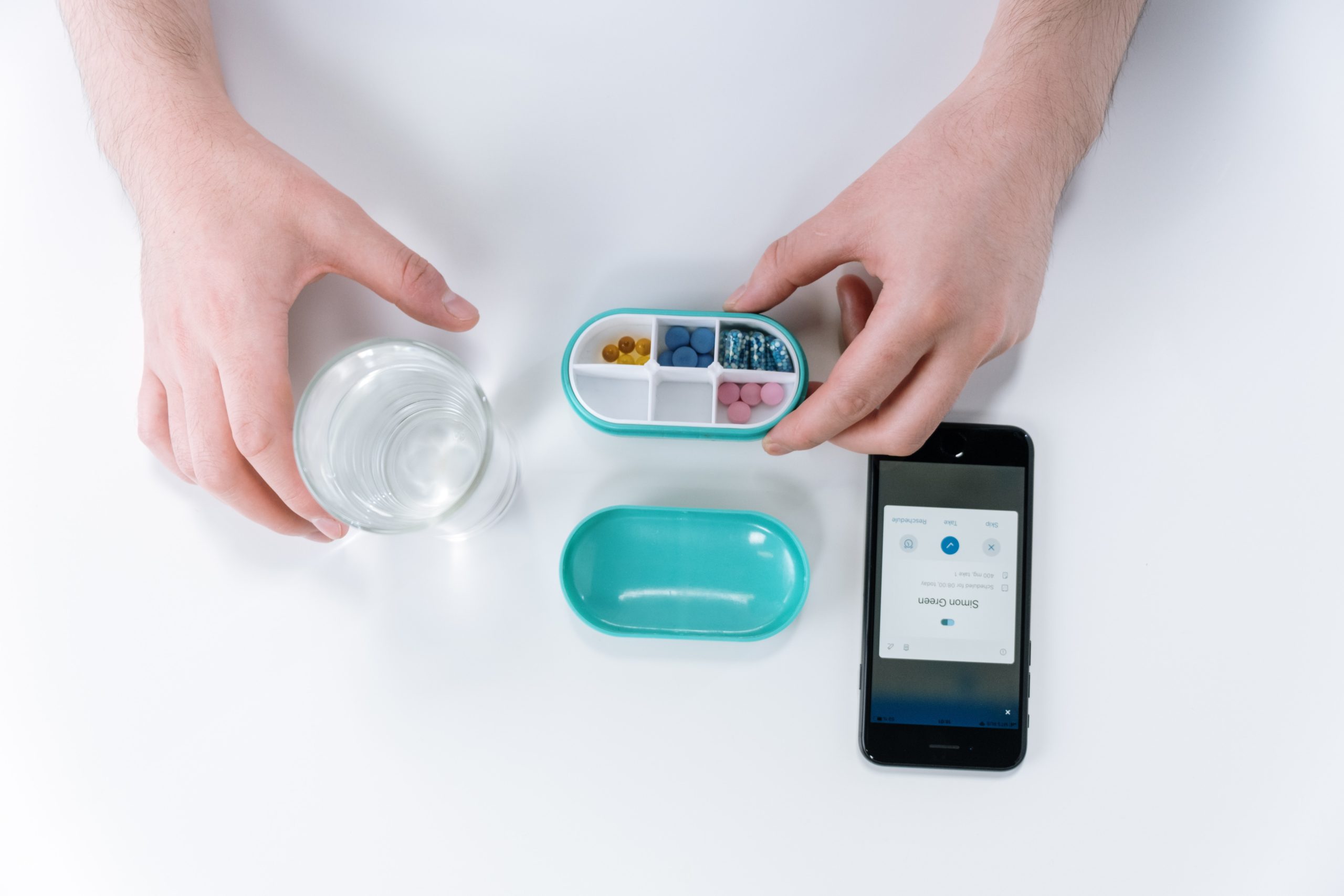This is what failure looks like: 50% one-star reviews. The other half is five-star reviews. Assuming these are not all from the app developers themselves, the app apparently can work. It just didn’t work for me, nor for many others.
I call this the Tolstoy principle: All successful apps are alike; each unsuccessful app is unsuccessful in its own way. The end-user does not care that 98% of your back-end infrastructure is running. They care that they can complete their task. And if one critical component fails, your app is a failure. Like this one from my local supermarket chain.
When you build systems, is all the attention lavished on a cool front-end app? Unsexy back-end services are equally important.



